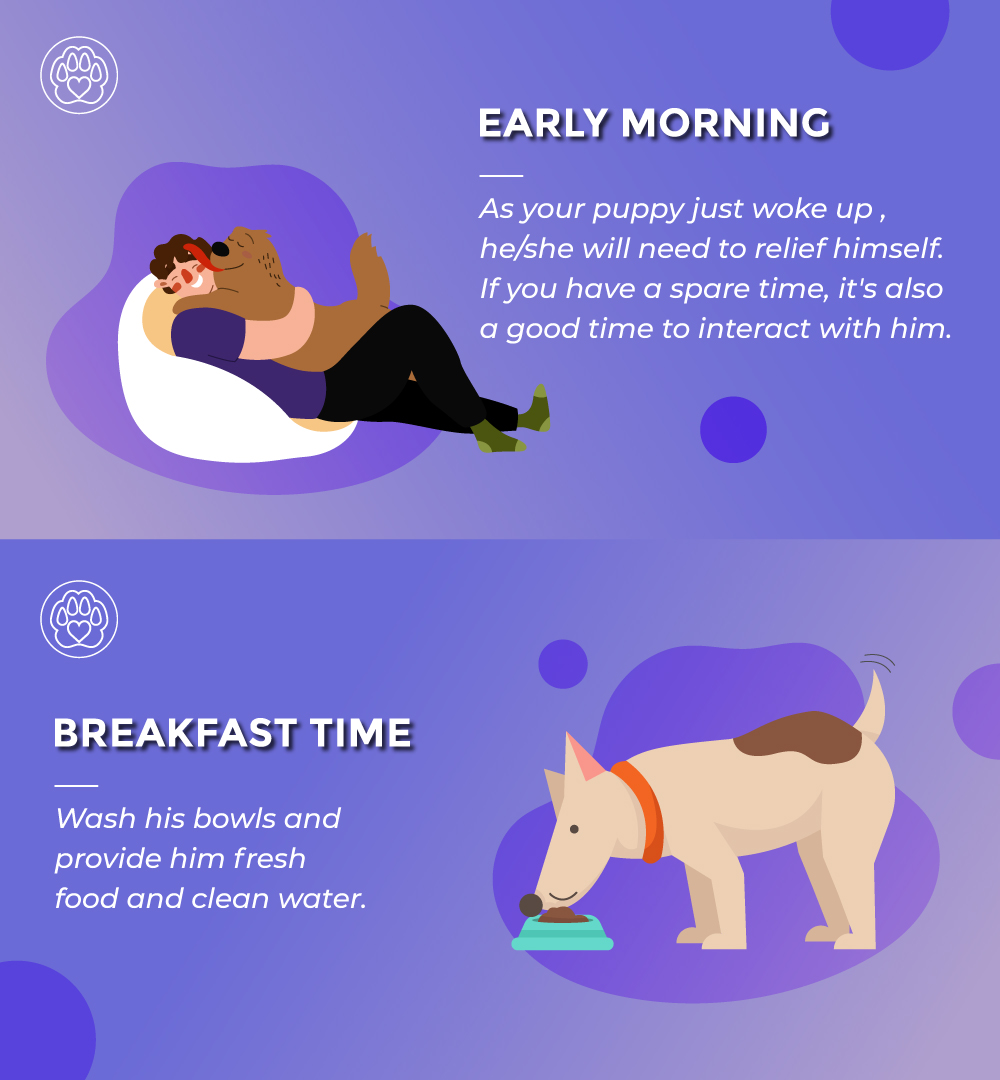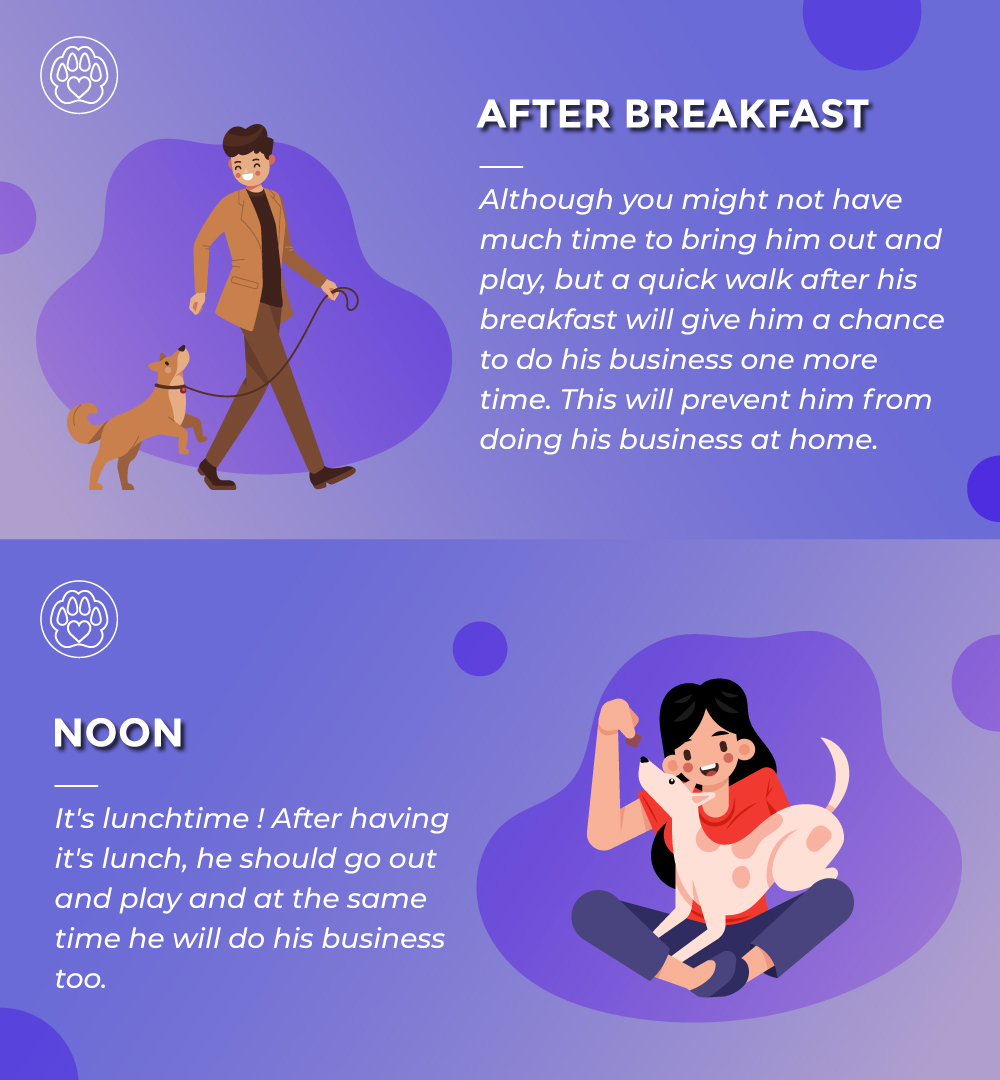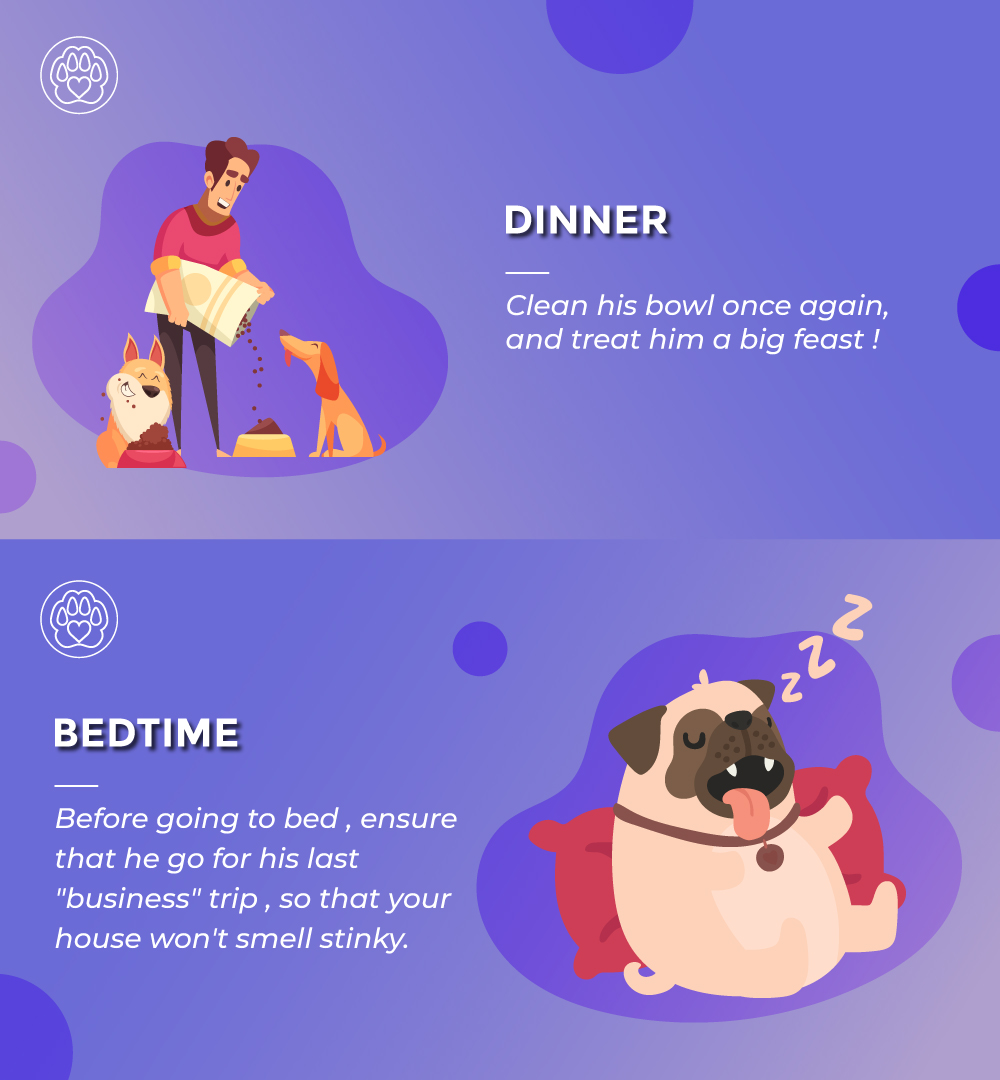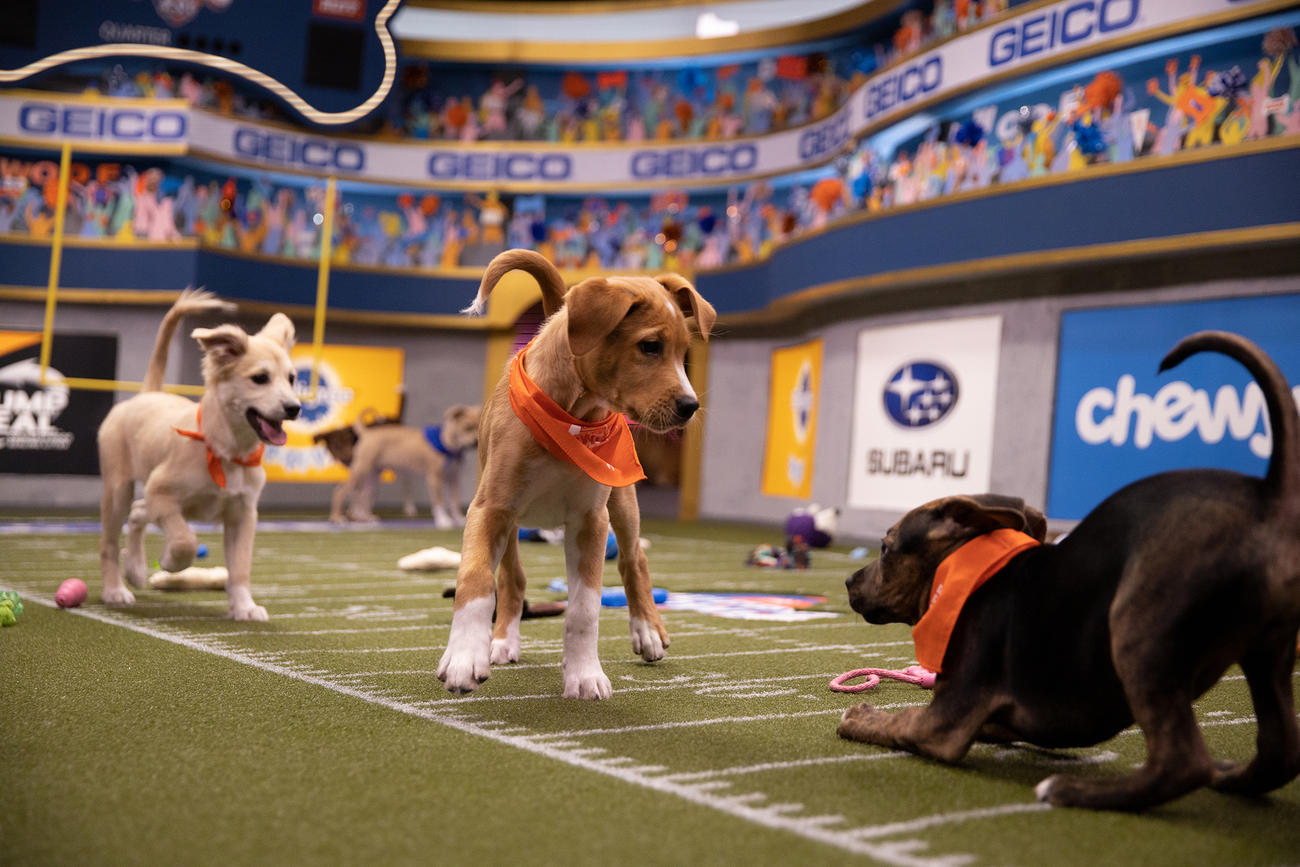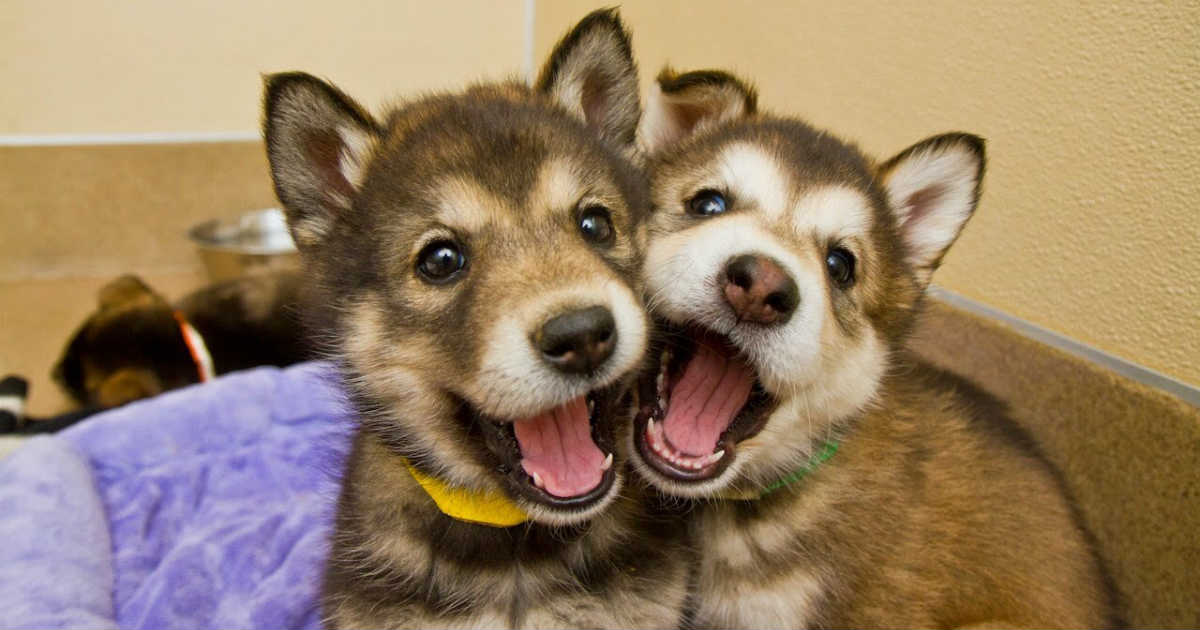The first essential step when bringing home a new puppy is to give a name to him/ her so that your new furry friend’s transition is a success. If you do not have any idea on how to name your pet, here are some useful suggestions. In a nutshell, you can pretty much count on three things when you bring home a new puppy: the joy that your puppy brings, cleaning up your puppy’s mess and lifestyle adjustment. As you’ll soon learn, a puppy requires much more just than a food bowl and a doghouse. Taking care of a puppy can lead to great deal of work, but it’s definitely well worth the effort.

1.Finding a Good Vet
After getting a puppy, you should first bring your new puppy to visit the vet for a full body check-up. Consulting the vet will not only help to ensure that your puppy is healthy and free of serious health issues, birth defects etc, but it will also assist you in taking the first step toward a good health routine. If you don’t recognize any vet, you may ask your friends or relatives for recommendations. If you got your dog from a pet shop/ shelter, ask their advice as they may have veterinarians that they swear by.
2. Ensure that core vaccinations are given at the first visit to vet
Enquire your vet about what kind of puppy food he or she recommends, how often to feed, and what portion size to give your pup. Before setting a date to the vet, as an owner you should also set up a vaccination plan, such as discussion about safe options for controlling parasites, signs of illness to watch for the first few months, when it needs to get vaccinated, these will include the core vaccines, which are administered in a series of three age group, 6, 12, and 16 weeks old. The core vaccines include the DHLPP (distemper, hepatitis, leptospirosis, parvo, and parainfluenza). Your pup will also need a rabies vaccination, which usually costs around $15—20 depending on the vet you go to.

3. Shop for Quality Food
Your puppy’s body is growing in critical ways which is why you’ll need to select food that is formulated specially for puppies as opposed to adult dogs. Look for a statement from the Association of American Feed Control Officials (AAFCO) on the food packaging to ensure that the food you choose will meet your pup’s nutritional requirements.
Small and medium-sized breeds can make the leap to adult dog food between 9 and 12 months of age. Large breed dogs should stick with puppy kibbles until they reach 2-years-old, also to ensure that your puppy has fresh and abundant water available at all times.
Feed multiple times a day:
Age 6-12 weeks – 4 meals per day
Age 3-6 months – 3 meals per day
Age 6-12 months – 2 meals per day
Age 1 and above – 1-2 meals per day, depending on the breed
4. Establish a Bathroom Routine
Puppies are usually not keen on wearing diapers, so they tend to make a mess around the house. Therefore, it becomes a high priority on most puppy owners’ list of must-learn tricks. According to the experts, your most potent allies in the quest to housetrain your puppy are patience, planning, and plenty of positive reinforcement.
Until your puppy has had all of its vaccinations, you’ll want to find a place at outdoor that’s inaccessible to other animals. This helps reducing the spread of viruses and diseases. Make sure that you give a lot of positive reinforcement whenever your puppy manages to potty outside and, almost equally important, refrain from punishing them when they cause accidents indoors.
Ever heard that your puppy is crying ? Don't worry, it's normal. It's just that if your dog is sleeping alone, he probably feel alone and he needs attention. Another posibility is that your dog wants to go to the bathroom.
Here’s a list of the most common times to take your puppy out to potty.
1. When you wake up.
2. Right before bedtime.
3. Immediately after your puppy eats or drinks a lot of water.
4. When your puppy wakes up from a nap.
5. During and after physical activity.
5. Watch for Early Signs of Illness
For the first few months, puppies are more susceptible to sudden bouts of illnesses that can be serious if not caught and realised in the early stages. If you observe any of the following symptoms in your puppy, it’s time to contact the vet.
Symptoms
1. Lack of appetite
2. Poor weight gain
3. Vomiting
4. Swollen and painful abdomen
5. Lethargy (tiredness)
6. Diarrhea
7. Difficulty breathing
8. Wheezing or coughing
9. Pale gums
10. Swollen, red eyes or eye discharge
11. Nasal discharge
12. Inability to pass urine or stool
13. Parvovirus
6. Teach Obedience
By teaching your puppy good manners, you’ll set your puppy up for a life of positive social interaction. In addition, teaching your pup to obey commands such as sit, stay, down, and come will not only impress your friends, but these commands will also help keeping your dog safe and under control in any potentially hazardous situations such as bitting other dogs or bitting harmful things such as wires.
Many puppy owners find that obedience classes are a great way to train both owner and dog. Classes typically begin accepting puppies at age of 4 to 6 months.
[blockquote font="3"]Friendly Reminder: Positive reinforcement, such as small treats, has been proven to be more effective than punishment.[/blockquote]

7. Be Sociable
Just like obedience training, proper socialization during puppyhood helps avoid behavioural problems down the road. Most puppies begin to accept other animals, people, places, and experiences at the age of 2 to 4 months old. Socialization classes are an excellent way to rack up positive social experiences with your puppy. Hence, ensuring that your puppy’s breed is able to contact with other animals, breed like Rottweiler, Pitbull Terrier, Czechoslovakian Wolfdog , Jack Russel Terrier etc might not be recommended as they’re considered as aggressive dog, to avoid any unnecessary situations, hence it is recommended that they don’t contact with any other animals.
8.Look out for any skin disease
Dogs are like humans, as a human we do have skin disease or acne, so do dogs. If your puppy keeps scratching and touching itself, take him to the vet ASAP as he might be suffering from a skin disease or any bacterial infection.
9. Make your house puppy proof
Puppies are always playful and fun, they love to run and play around especially in a new environment, they are curious about things surrounding them. Therefore, as an owner you should keep away items that can be damaged or shattered easily, keep all electrical cords raised or covered, and close all low windows.

10. Provide a nylon harmless, flat collar (webbed nylon or leather), and metal tag.
Poorly sized collars can hurt puppies' necks which would potentially injure their throats; therefore owner should ensure that the size of the collar suits your puppies. After choosing the right size owner can crave his/her own phone number as well as home address, if the puppy is lost, kind people are able to find the lost puppy’s owner based on the collar.
After all the tips, here is a brief scedule for your fido that we have collected from PetBacker's owner. Feel free to comment down below if you any tips and guides on how you train your pubs.
